8 Baking Secrets They Only Teach You in Pastry School
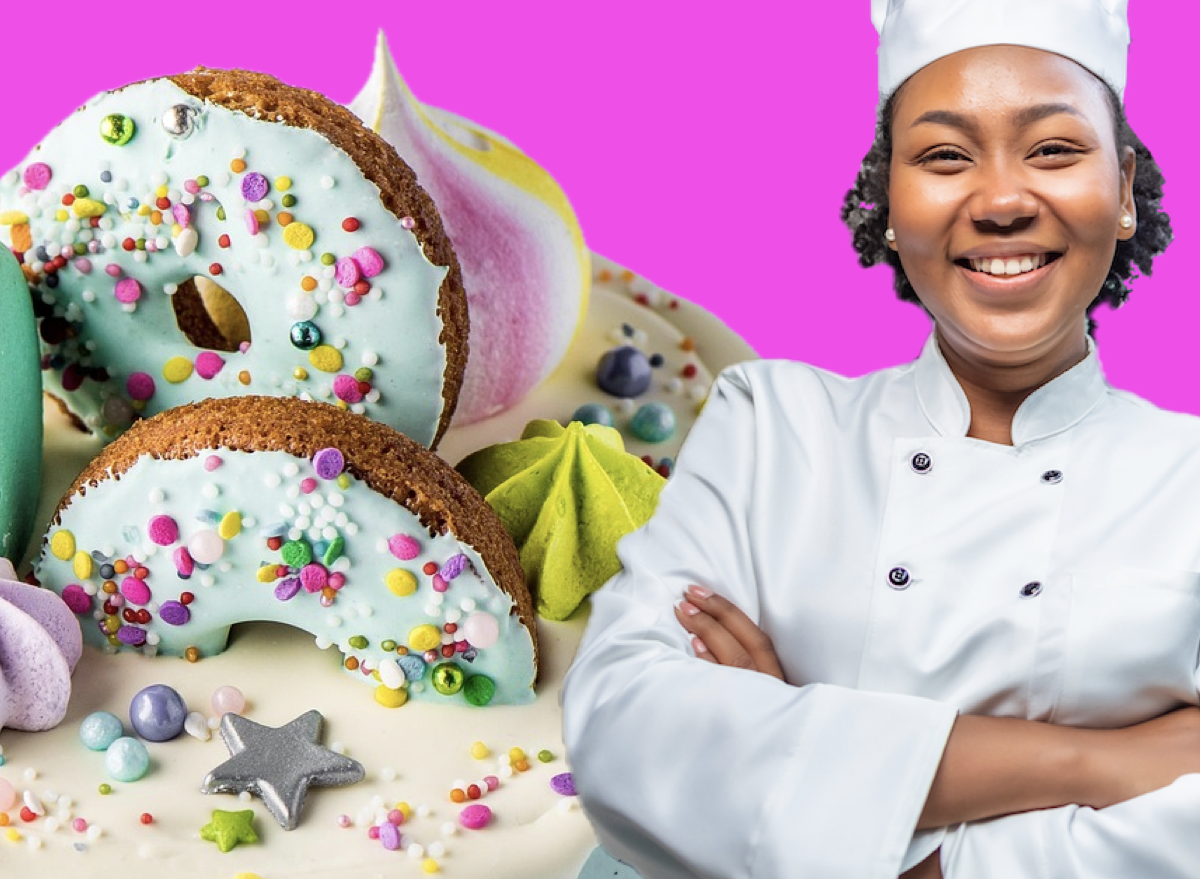
It’s not hard to follow a recipe, but it takes more than measuring ingredients to master the art of baking. Behind those Instagram-worthy pastries and desserts are techniques pros lean on to create flawless baked goods. Details matter and while subtle, their tricks are game-changing. To find out secrets taught in pastry school, Eat This, Not That! called on Trina DeKett, Pastry Chef for 12+ years and Operations and Creative Specialist @ BaKIT Box to shed light. According to Chef Trina, here are eight tips that pastry chefs use to elevate their baking skills.
Mise En Place
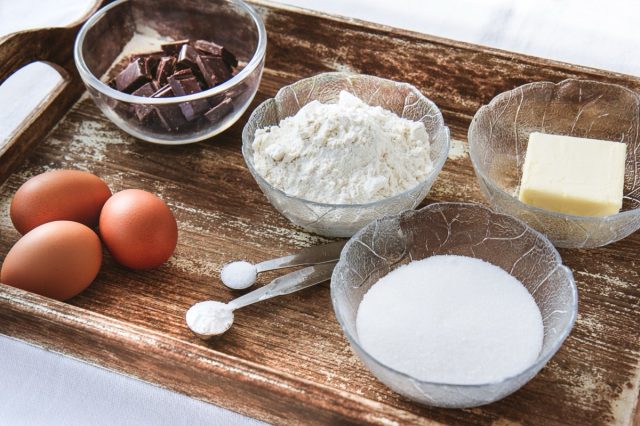
Prepping to bake makes all the difference, according to Chef Trina. “Mise En Place is a French term for everything in its place,” she says. “Essentially this means that before even beginning a baking project, to read the recipe thoroughly, and prep all your ingredients ahead of time by weighing them.” But that’s not all. You have to set up your area for success and have all of your ingredients and baking tools ready to go.”Being as prepared as possible helps make the baking process go way smoother,” she says.
Get on Board with a Digital Scale
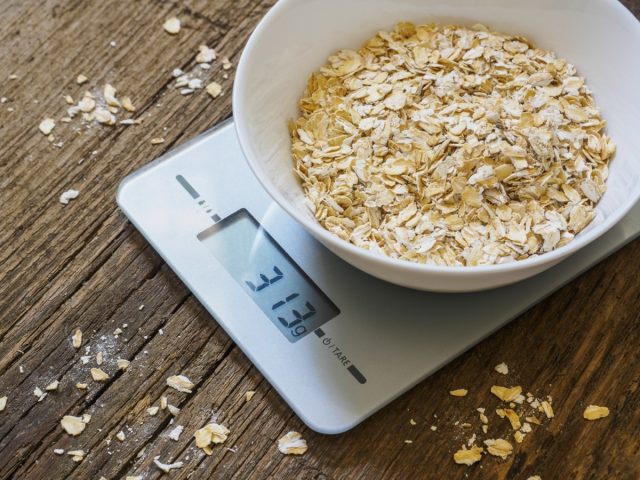
If you want to take up your baking ability, Chef Trina says to invest in a digital scale. “This may sound like a relatively optional tip, but keep in mind that baking/pastry is a science, she says. “This means you are constantly creating chemical reactions when baking, which is why the best recipes are weighed in grams, not in cups.” She adds, “This gives you the most consistent result each time you bake, and is an essential tool for anyone who is serious about baking.”
Rotate Your Trays
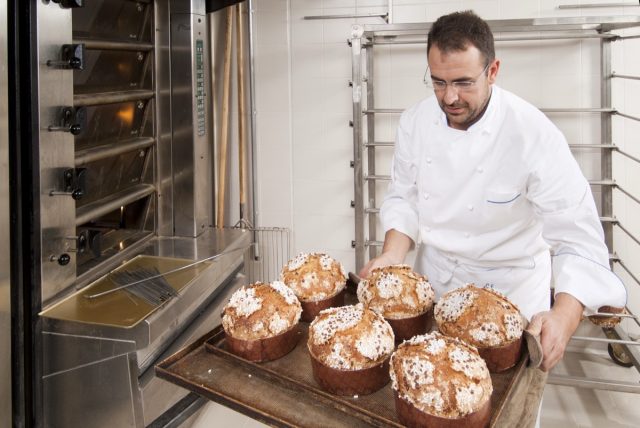
Rotating your tray during baking might seem like a trivial thing to do, but Chef Trina explains why it’s so necessary. “Unless a recipe has a meringue base (and in that case, do NOT rotate or open your oven unless specifically told to) ALWAYS rotate your trays halfway through baking. Even the best ovens in the world have hot spots (spots in your oven that produce more heat than others). If you want an even bake for all of your baked goods, rotating your pans is a must do.”
Timing is Everything

Precise timing is key when it comes to perfecting any baked item. “In my viennoiserie lab in pastry school, we focused really heavily on time management,” says Chef Trina. “Especially if you are working with laminated doughs, there are several stretches of rest time in-between folding, and the timing is based on how slowly/quickly the butter warms and cools.” She adds, “Setting phone alarms to remind you of folding/stretching times, all the way to remind you when to take things out of the oven is so important. This will also help you multitask!”
Room Temp is the Right Temp

The right temperature is something to take note of when prepping for baking. “Before baking, ensuring that all your ingredients are room temperature (unless otherwise indicated) will help your baked goods have the best overall texture,” says Chef Trina. “This means even making sure your eggs are room temperature will help make your batters, doughs, and mixtures have the best chance of being homogenous.”
Stiff Peak Trick
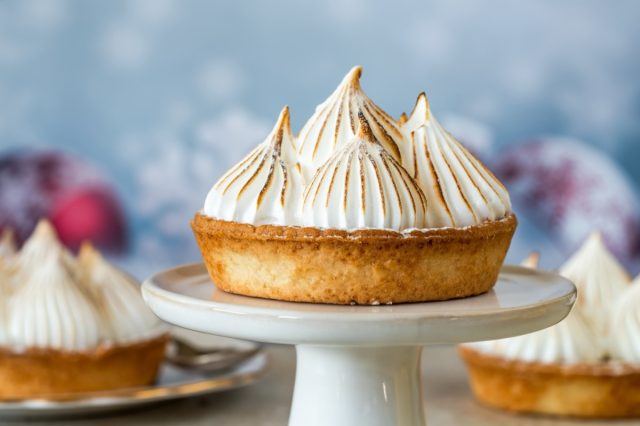
Another tip Chef Trina says she learned in pastry school is the stiff peak test. “Wondering if you are at a stiff peak when whipping your meringues? There’s a few initial indicators. 1: it will look very glossy. 2: it will feel thick to the touch. 3: (the most fun) if you tip your mixing bowl upside down and nothing falls out you’re there!”
Silicone Whisks for Curds

The type of tools used for baking is important, says Chef Trina. “Have you ever made a curd and it tastes metallic? Sometimes the metal flavor transfers into your curds if you are using improper equipment,” she explains. “To reduce this risk, try using a silicone whisk while stirring your curd! This generally eliminates a metallic taste and saves you a ton of time not having to redo it!”
Baking is a Science
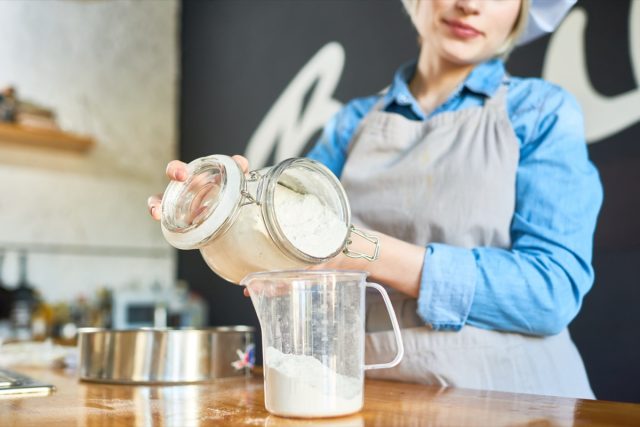
Baking can be tailored to your needs and Chef Trina says to use that to your advantage. “Baking is all chemical bond reactions. Essentially this means that if you have an ingredient you need to sub out, find one with a similar bond structure,” she explains. “This is helpful not only if you have allergies/dietary restrictions, but also if you’re trying to change a flavor profile, while maintaining a similar appearance or crumb structure.”